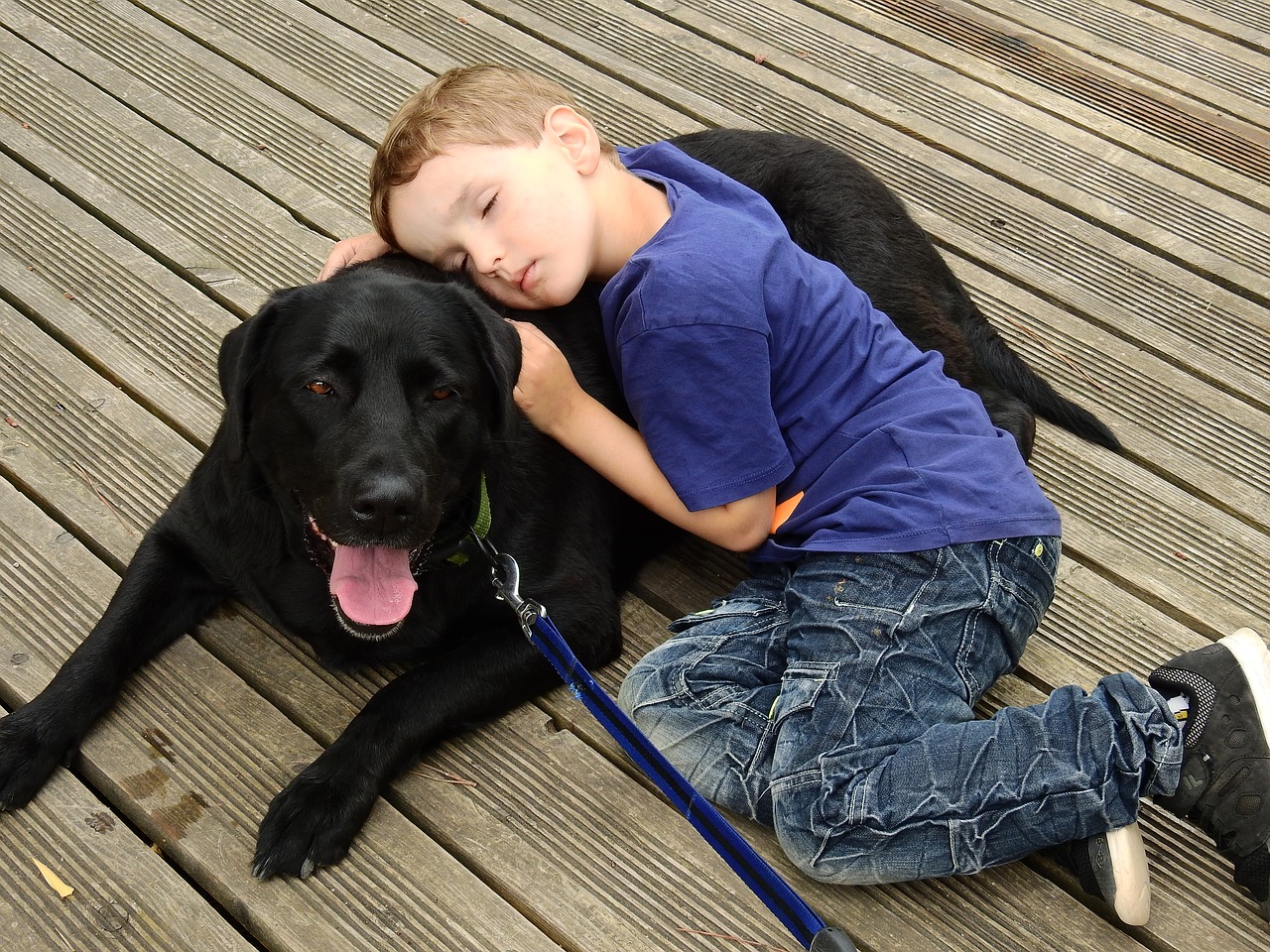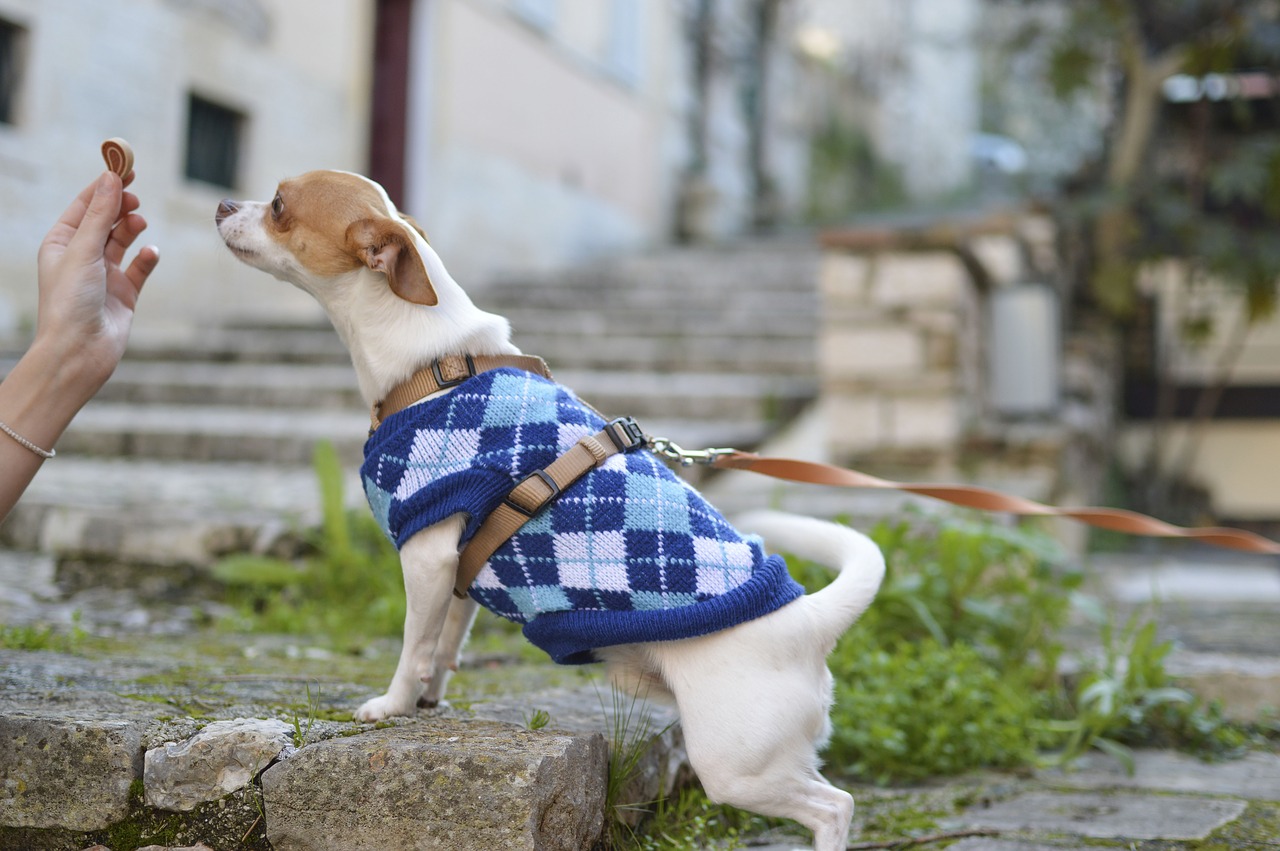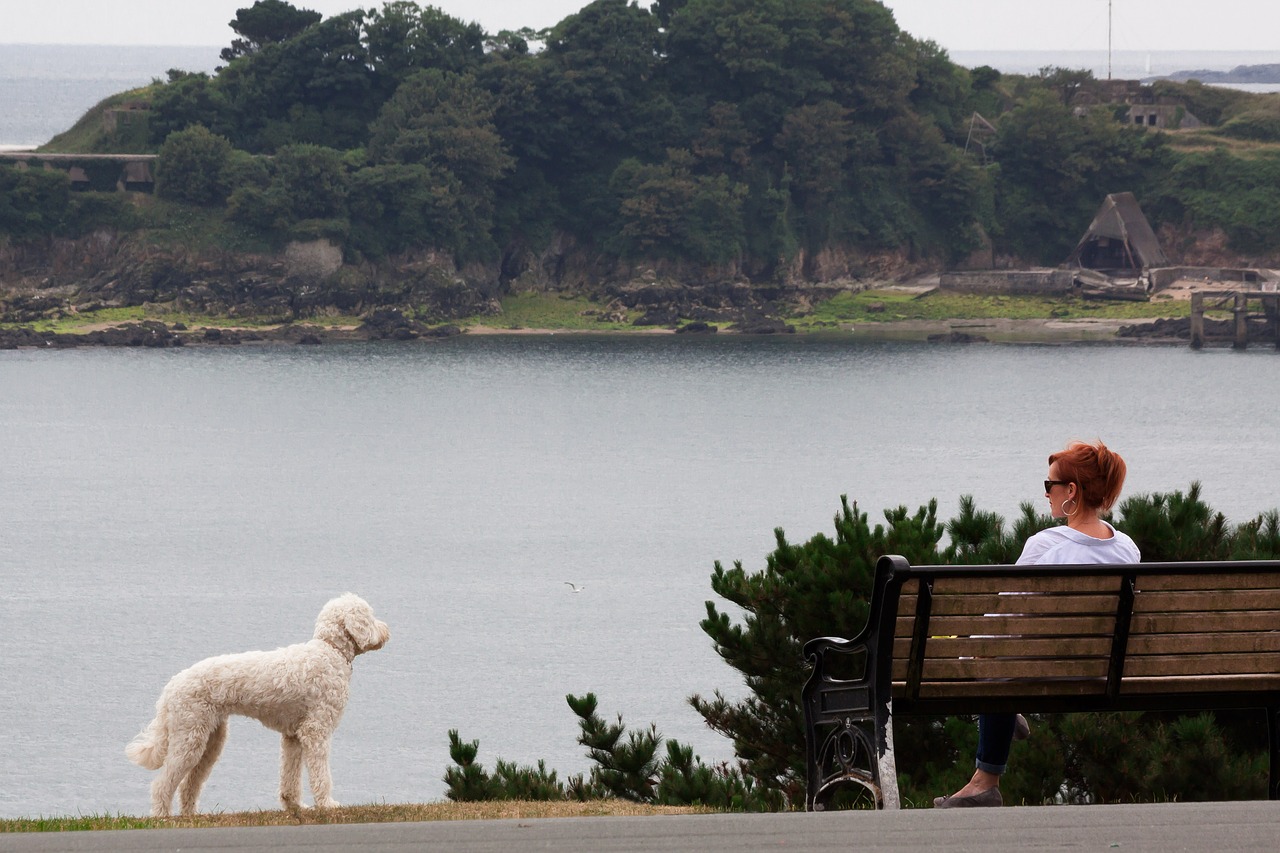
How to Teach Your Dog to Walk Beside You in 7 Simple Steps
Walking your dog is one of your most essential responsibilities as a dog owner. You could be the best dog owner in the world and take care of all his needs, but if your pet does not get enough exercise, then all that will be in vain. Along with a healthy diet, exercise is the single most important thing that your pet needs (for that matter, this could be extended to human beings as well).
Now, walking with your dog is not as simple as it seems. We have heard hundreds of dog owners (particularly new dog owners) who just do not like walking their dog. This is a real pity because it is one of the most pleasurable things as a dog owner. It bonds you and your pet in a manner few other things can do.
If you have just bought a dog and have yet to come to terms with how to get him to walk, then do not worry. This article will give you some helpful tips on how you can get this done. It is easier than you think, we promise! All you need is some time, patience and effort. Now let us move on to the crux of the article and get started.
1. Get the Basics Right: Collar, Leash, Etc.

The very first thing you need to get in place is leash training. It might be a cliché, but it is imperative that the basics are in order. You have to get a suitable collar and leash. If the collar and the leash are not ideal, they will irritate your dog, and even an otherwise well-behaved dog will vent his frustrations by prancing around and trying to pull away from you. In a nutshell, do your research when it comes to collars and leashes and choose the right one in terms of comfort and fit.
2. Use Rewards as an Incentive
Everyone loves a reward, right? Well, dogs are no different. You can use rewards as incentives during dog walks, and the best part is that you may already have some great treats waiting in your kitchen, such as bananas, apple slices, and strawberries.
When using treats as a reward, make sure you have separate treats that you use exclusively during walks. This will help your dog realize that walks are unique and something to look forward to.
The caveat here is that you must use dog treats sparingly. It is up to you to maintain the ideal balance between no incentive and too much.
3. Start by Practicing Indoors
 Some dog owners are a little skeptical of this method, but it does work. The biggest advantage of starting indoors is that it will be in a friendly environment, not a confusing or distracting one. If you first begin outdoors, your dog may get distracted by other dogs and their owners, other people, or the new environment, which might be a little too overwhelming for your pet. Therefore, starting indoors would be ideal.
Some dog owners are a little skeptical of this method, but it does work. The biggest advantage of starting indoors is that it will be in a friendly environment, not a confusing or distracting one. If you first begin outdoors, your dog may get distracted by other dogs and their owners, other people, or the new environment, which might be a little too overwhelming for your pet. Therefore, starting indoors would be ideal.
Once your pet is accustomed to your instructions and walking in general, it will be far easier to get him to replicate the same outdoors. There tends to be some confusion when “indoors” is mentioned. It does not have to be literally inside your house (although, if you are lucky enough to have a house that big with a room that is relatively empty, then you could consider it). It just needs to be in your garden, backyard, or something along those lines.
4. Begin with Short Walks
Do not start with a five-mile walk or something similarly unreasonable on the first day. Your dog might get tired and begin to resent walking. Start with short walks in order to make it as pleasant an experience as possible for your pet.
5. Stop Immediately and Call to Heel.
If your dog pulls and moves too far ahead of you, stop immediately and call to heel. When you sense that your dog has gone too far off and is pulling too much, stop immediately and call your dog. What this does is tell your pet that that amount of distance between the two of you is unacceptable. Over time and after some practice, this will become second nature, so much so that whenever your dog finds himself or herself moving too far ahead of you, he will automatically wait for you to catch up.
6. Let Your Dog Explore–Do Not Be Too Strict!
This has to be stated again and again. Far too often, some dog owners are way too strict with their dogs. Do not treat them like slaves who must always stay right next to you. Dogs, by nature, enjoy exploring. If your dog wants to explore something interesting (but not potentially harmful), don’t take it upon yourself to stop that behavior.
7. Do Not Use Harsh Punishments.
 Do not physically manhandle your dog or do anything that hurts it. The concept of punishment is somewhat alien to dogs; therefore, harsh punishments will only be detrimental. Remember, as a pet owner, kindness, patience, compassion, and understanding are qualities that you need to have in spades. Sure, there will be occasions when your dog misbehaves or just refuses to listen. Understand that dogs can have bad days just like humans. Be gentle and you will definitely see that it works far better than punishment.
Do not physically manhandle your dog or do anything that hurts it. The concept of punishment is somewhat alien to dogs; therefore, harsh punishments will only be detrimental. Remember, as a pet owner, kindness, patience, compassion, and understanding are qualities that you need to have in spades. Sure, there will be occasions when your dog misbehaves or just refuses to listen. Understand that dogs can have bad days just like humans. Be gentle and you will definitely see that it works far better than punishment.
Making your dog walk beside you is not rocket science. With time, effort, and patience, it is a skill that you can easily master. Incorporate all the steps mentioned in this article, and you can help your dog master this important behavior.
















 Affiliate Clubs
Affiliate Clubs

